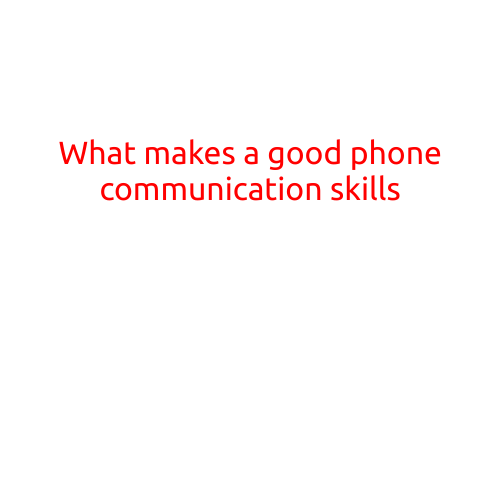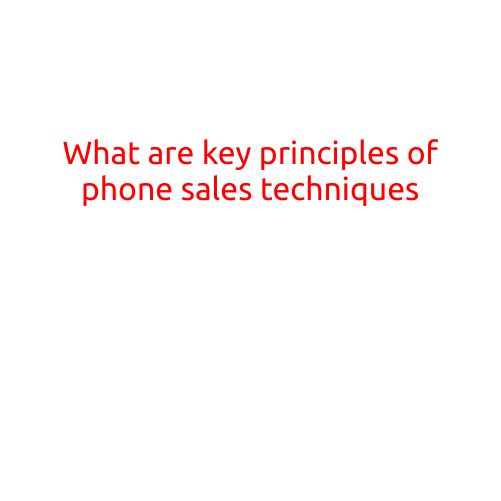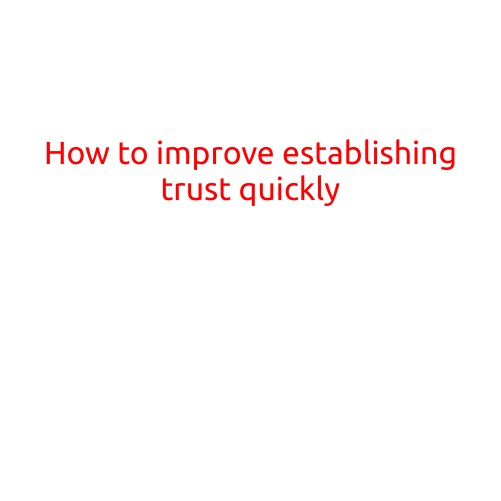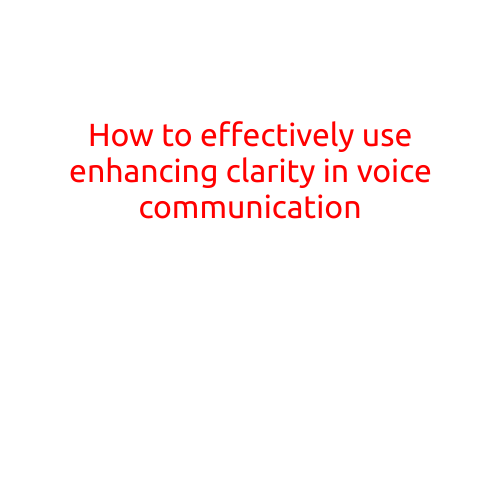
How to Adapt to Managing First Impressions on Calls
As a professional, you know the importance of making a great first impression. Whether you’re a sales representative, a customer service agent, or a business owner, your ability to create a positive first impression can make all the difference in building trust, generating leads, and closing deals. However, in the fast-paced world of phone calls, it can be challenging to adapt to managing first impressions. In this article, we’ll explore the art of creating a positive first impression on calls and provide you with practical tips to help you excel.
Why First Impressions Matter on Calls
When you first answer a call, your listener forms an opinion about you and your brand within seconds. This snap judgment can be a significant influencer in determining whether they continue to engage with you or hang up. A poor first impression can lead to missed opportunities, lost sales, and a damaged reputation. On the other hand, a great first impression can establish trust, build rapport, and increase the likelihood of a successful conversation.
Key Elements of a Great First Impression on Calls
- Professional Greeting: Answer the phone with a friendly and professional greeting, including your name and the name of your organization. This sets the tone for the call and shows attention to detail.
- Clear Enunciation: Speak clearly and at a moderate pace. Avoid mumbling or rushing through your words, which can be difficult to understand.
- Positive Body Language: Even though you’re not physically present, your tone and inflection convey your body language. Use a warm, friendly, and confident tone to project a positive image.
- Active Listening: Pay attention to the caller’s needs and concerns. Paraphrase what they say to show you’re engaged and interested in their query.
Practical Tips to Adapt to Managing First Impressions on Calls
- Prepare Ahead of Time: Research the caller’s company, industry, and any relevant news to show your interest and preparedness.
- Use a Consistent Frame of Mind: Develop a consistent mindset and tone for each call, regardless of the context. This helps you stay focused and composed.
- Use Positive Phrases: Incorporate phrases like “Hello, thank you for calling” or “I’m so glad you reached out” to create a warm and welcoming atmosphere.
- Be Authentic: Remain true to yourself and your brand’s values. Authenticity builds trust and credibility, which are essential for successful calls.
- Practice, Practice, Practice: Role-play different scenarios with colleagues or friends to improve your communication skills and build confidence.
- Take a Deep Breath: Before answering a call, take a few seconds to take a deep breath and compose yourself. This helps to reduce nervousness and anxiety.
- Follow Up: After the call, make sure to follow up with an email or note to thank the caller for their time and reiterate your interest in their needs.
Conclusion
Managing first impressions on calls requires a combination of preparation, professionalism, and positive attitude. By implementing the tips outlined in this article, you’ll be better equipped to create a lasting impression that sets the stage for successful conversations and builds lasting relationships. Remember, the first few seconds of a call can make all the difference in determining the outcome. Take the time to prepare, be authentic, and show genuine interest in the caller’s needs, and you’ll be well on your way to mastering the art of creating a positive first impression on calls.





